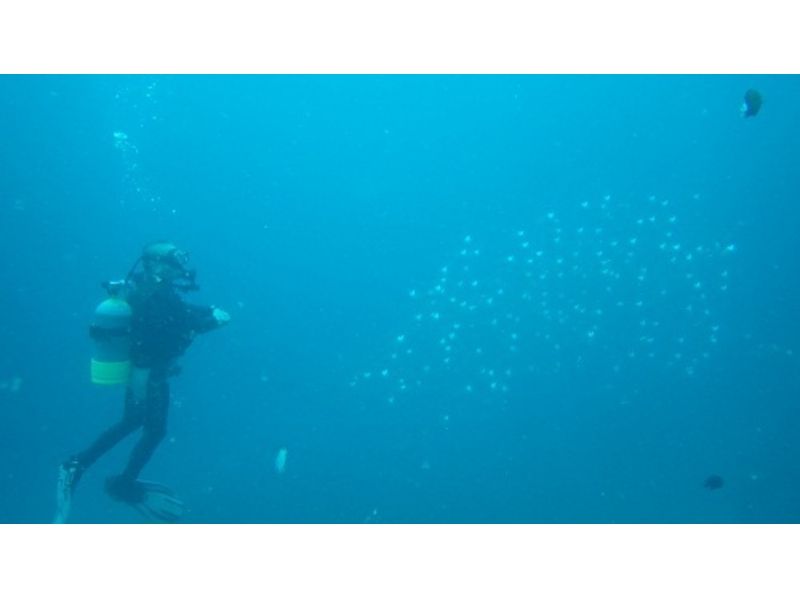Tsushima-maru Memorial Museum
This museum opened in Naha City, Okinawa Prefecture 60 years after the sinking for the Tsushima-maru in order to convey to children about the important of peace and life and to put the souls of the victims to rest, and to properly portray the event for future generations. The tour route starts on the second floor, where there is also an exhibit about the voyage and hit and sinking of the Tsushima-maru. The names and portraits of the Okinawan schoolchildren evacuees and victims are displayed on the first floor.
Spot details
- Address
-
Okinawa Pref. Nahashi Wakasa 1-25-37
Map
- Area
- Naha / Shuri Area
- Phone
- 0989413515
- Hours
- 9:00-17:00(Latest entry16:30)
- Closed
- Thursday, New Year's Holiday(12/31-1/3)
- Parking Lot
- Available(2spaces)
- Credit Card
- Not available
- Smoking
- Not available
- Wi-Fi
- Available
- English Menu
- Available
- Can be enjoyed even on a rainy day
- Yes
- Estimated stay time
- 30-60 minutes
- Wheelchair accessible
- Available
- Infant friendly
- Available
Information Sources: NAVITIME JAPAN
Review
-
- Meaningful as a means to remember
- This museum is very meaningful, and the video they show brought me to tears. The museum staff can provide a brochure in English if you ask for one, which helps to understand the general story the...
-
- Very good - but Japanese langauge only
- A very interesting museum. But you have to be able to read Japanese kanji (Chinese characters) as there are no translations into other languages. I speak Japanese, but cannot read Kanji, so...
-
- A reflection of Tsushimamaru Museum
- I visited this memorial museum on 10/14/2018,and I was the only visitor during my 30-min visit there. There were a few more when I left. This is a terrible tragedy during World War II, and an...
TripAdvisor Traveler Rating
View more









![[Okinawa Naha] snorkeling experience in the deep blue sea](https://img.activityjapan.com/10/10198/10000001019801_omwIJ1EF_4.jpg?version=1508246953)










